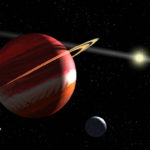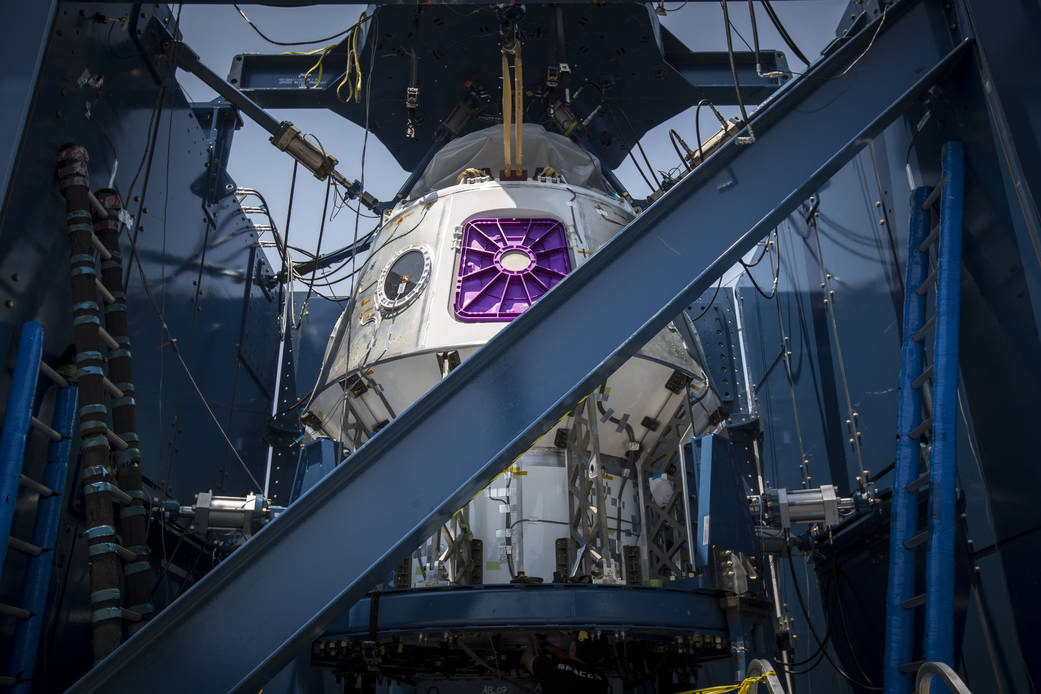NASAの今日の1枚は、火星の北側平原の高い緯度にある直径5kmのクレーターで撮影された写真です。
これは地球でよくみられるガリーに似ているとNASAは伝えています。

NASAの公式サイトのURLはこちら:
Frosty Sand Dunes of Mars | NASA
以下はオリジナル原文と和訳です。
Frosty Sand Dunes of Mars
A field of sand dunes occupies this frosty 5-kilometer diameter crater in the high-latitudes of the northern plains of Mars. Some dunes have separated from the main field and appear to be climbing up the crater slope along a gully-like form.
火星の北の平原の高い緯度では、冷え切った直径5kmのクレーターがその砂丘地帯の大部分を占めています。いくつかの砂丘は中央部から離れた場所にあり、ガリーのような形状でクレーターの斜面を登っているように見えます。
The surface of the main dune field is characterized by a series of dark-toned polygonal patterns. These may be the result of seasonal frost processes. Several of the steeper dune slopes, pointing in the downwind direction, host narrow furrows suggesting the start of gully formation.
砂丘の表面は、一連の暗い色調を持つ多角形のパターンが特徴的です。これらは季節毎の霜の生成結果である可能性があります。風下方向を指す急な砂丘の幾つかの斜面は、ガリー形成の始まりを示唆する狭い溝になっています。
The crater floor contains a variety of textures, including lobate and striped patterns that indicate seasonal thaw caused by sublimating ice. Broad downslope movement of materials on the crater slopes opposite the dune field superficially resemble gullies, except that they are generally not defined by distinctive alcoves, incised channels, or sediment aprons. These are the hallmarks of gullies elsewhere on the planet.
クレーターの底の部分には、氷によってできた季節的な雪解けを示す耳たぶ状や縞模様など、さまざまな痕跡が含まれています。砂丘の反対側のクレーター斜面で確認される、何かの物体が広い範囲で下方向に流れたような動きは表面的にはガリーに似ています。特徴的な底部、切り込みのある水路のようなもの、または前に垂れ下がっている堆積物などは一般にガリーの定義には含まれていないので除外して考える必要があります。こうしたものは地球上のガリーの特徴でもあります。
Image Credit: NASA/JPL-Caltech/University of Arizona
Last Updated: Mar 25, 2021
Editor: Yvette Smith











